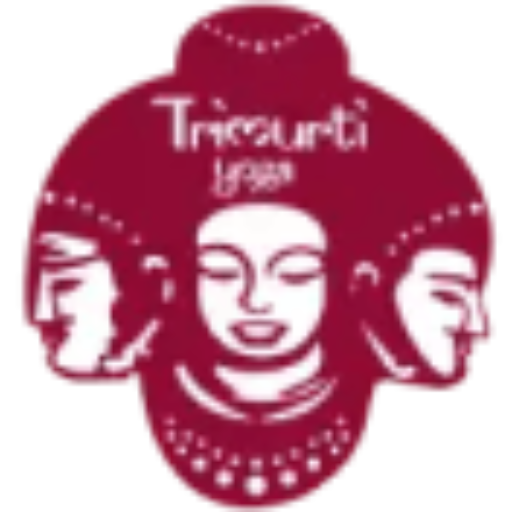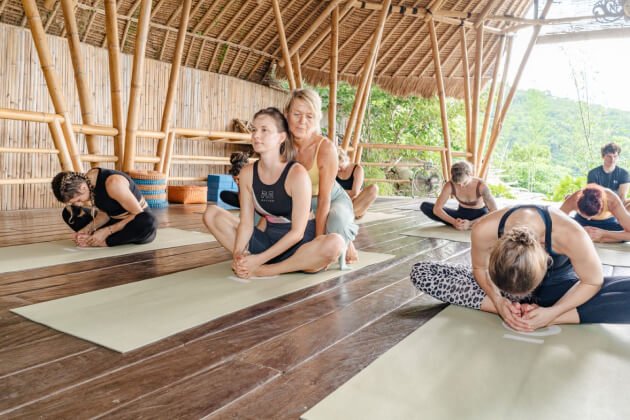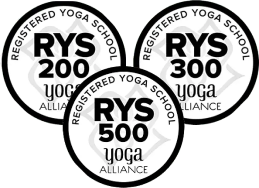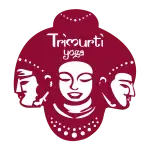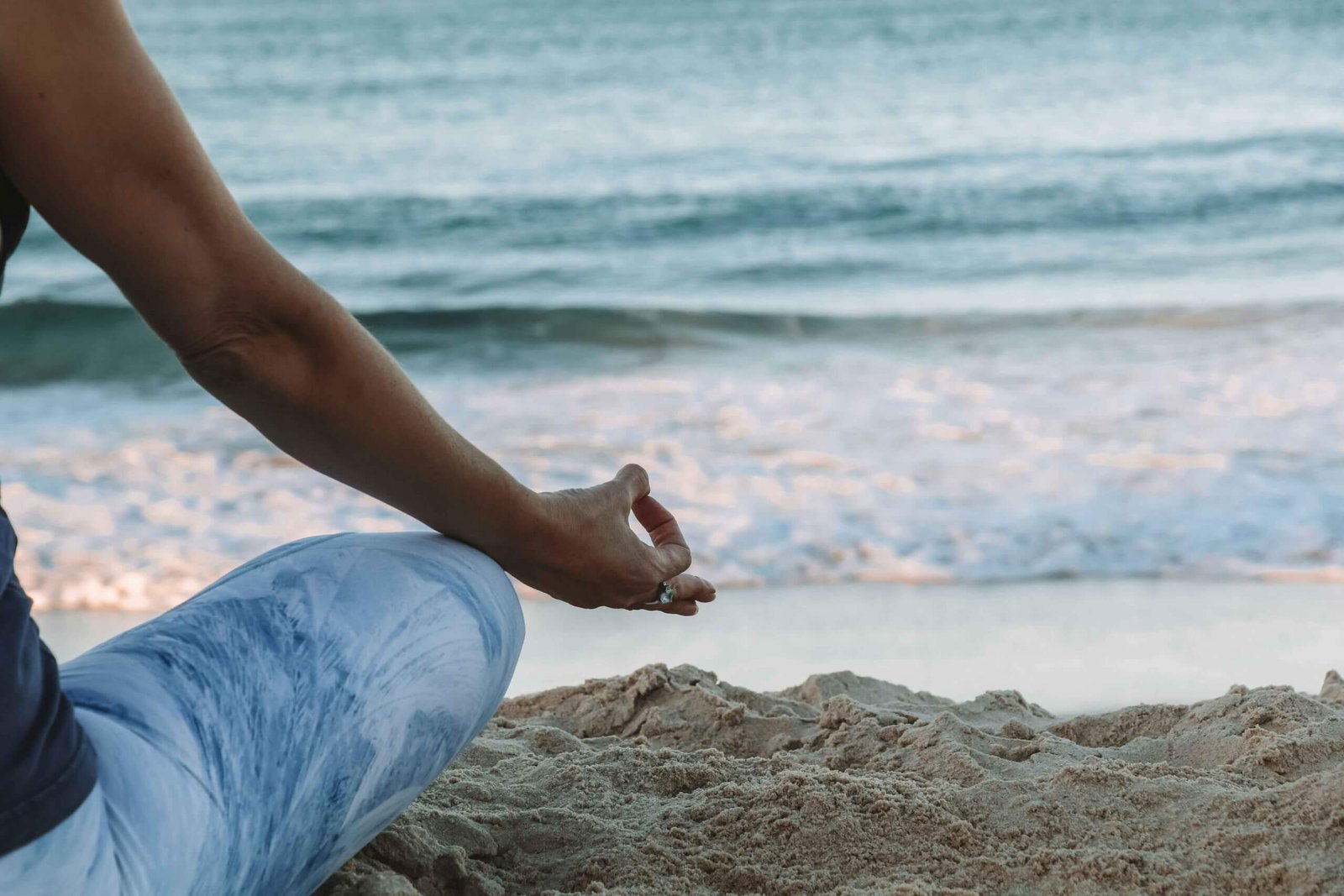
While most people are aware that meditation can bring serenity and focus into their lives, you may very well be the kind of person who needs to be told that mudras, or hand positions, help focus any meditation session.
It is believed that the position of the hands does affect the circulation of energy inside the body, promoting healing at physiological, emotional, and spiritual levels. Whether you’re just a beginner or looking to deepen your existing practice, mudras can bring new meaning into meditation exercises.
What Are Mudras or Hand Positions?
Mudras, or hand positions, are integral parts of meditation and yoga practice. These hand positions originating from the Indian spiritual and healing traditions of old are considered to be inner communication that expresses the body’s vital life energies and aspirations and also directs them. The term “mudra” is derived from the Sanskrit term where the two words; “mud” means joy while “ra” means to make; this means that mudras are used to create joy and happiness.
Mudras are used as concentration points during meditation to still the mind, keep focused on breathing, and reach deeper states of concentration. When used intentionally, they enhance the meditation because it gives one a feeling of purpose and meaning for doing the meditation. A lot of people use hand positions for self-discovery and transformation.
Hand Mudras For Meditation
Using mudras during your meditation practice can offer new experiences and ideas. Each mudra has a different purpose to serve, allowing you to match your practice to your particular needs and purposes.
Buddhi Mudra
This mudra was created to improve mental clarity. To perform this hand mudra, the tip of your thumb contacts the tip of the little finger, and the other fingers are extended. It is known to promote communication and inner clarity.
Prithvi Mudra
This mudra helps reduce stress and relaxes the mind by rooting you in the present moment. To perform this mudra. Touch the tip of your ring finger to the tip of your thumb while keeping the remaining three fingers straight.
Vayu Mudra
The Vayu mudra is also known to decrease anxiety and relax the mind. It is performed by placing the index finger under the thumb while the other three fingers are extended straight. This position can help control nervousness and anxiousness. This mudra can be beneficial for persons who are stressed or anxious.
Prana Mudra
Prana Mudra helps to activate the base chakra. Only join your thumb with the tip of your little ring fingers while the remaining two are straight. This is the hand position that conveys energy and vitality and is also believed to help recharge the life force within one’s being. Thus, it can be useful for the individual seeking an energy boost in their lives.
Dhyana Mudra
It is said that Dhyana mudra improves peace within oneself, concentration, and self-awareness. In this hand method, place the right hand over the left one, facing upwards, with the palms facing each other, and sit just like this for a while.
Anjali Mudra
Namaste Mudra- this is the greeting, respect, and devotion gesture commonly used in Hindu and Buddhist traditions. It is performed with the hands pressed together in front of the chest, with fingers pointing upwards.
Hakini Mudra
This hand mudra is said to activate and balance the energy in the centers of the brain, giving mental clarity. This is performed by bringing the fingers of both hands together but the palms are kept apart.
Apana Vayu Mudra
Apana Vayu controls elimination, procreation, and stabilizing by sending energy downward. To perform this mudra. Keep the index and middle fingers touching the end of the thumb, then the ring finger bends forward to touch the base of the thumb while the little finger is kept straight.
Gyan Mudra
For all the beginners, Gyan Mudra is a great place to start. It activates the root chakra and is often linked with understanding and wisdom. To perform this hand mudra, press the tip of the index finger on the tip of the thumb while keeping the other three fingers straight.
Samadhi Mudra
This mudra represents complete attention and peace. The hands are folded in the lap, palms facing up, with one over another. This signifies the oneness between the individual soul and the universal soul, which is believed to stimulate profound meditation.
Benefits of Using Hand Mudras For Meditation
Simple hand movements can make a big difference in the process of meditation. Thus, mudras can also help you improve your meditation and reduce stress. Some of the other benefits of such powerful mudras of the hand include:
- Improved concentration with peace: The mudras might act as a point, drawing your attention away from distractions and toward helping you achieve elevated states of meditation.
- Stress and anxiety reduction: Many mudras are specifically meant for purposes such as relaxation, reduction of tension, and reducing anxiety.
- Mind-body interaction Improved: Mudras stimulate involvement by the practitioner within their meditation practice, hence helping in developing a good understanding of the body and its relation to cognitive and emotional states.
- Improved energy flow: According to ancient beliefs, mudras can influence the flow of energy, or prana, in the body. Special hand movements are to help clean and focus energy on areas that need healing.
- Spiritual growth: Mudras can also be used to reach higher states of consciousness, in the case of those who seek a spiritual path. Each mudra bears a symbolic meaning attached and is associated with some attribute or god. Hand movements can reflect devotion or evoke specific spiritual feelings.
Conclusion
Add some hand mudras to your meditation practice, and you’re likely to find mental, physical, and spiritual advantages. Try using these ten powerful hand mudras in your meditation practice to see what suits you personally, allowing yourself to feel the life-changing benefits this adds.
We Also Provide These Courses:

